At a time when men were more prominent as stunt performers, even going so far as to double for the female stars of the movies, it’s refreshing to come across a true cowgirl who starred in her own films as well as did her own stunts. It’s time once again to highlight the heroine and not the hero. Evelyn Finley started out in films as a stunt double and then went on to act in her own roles. She preferred the stunt work, and so later on, went back to doubling in her later pictures.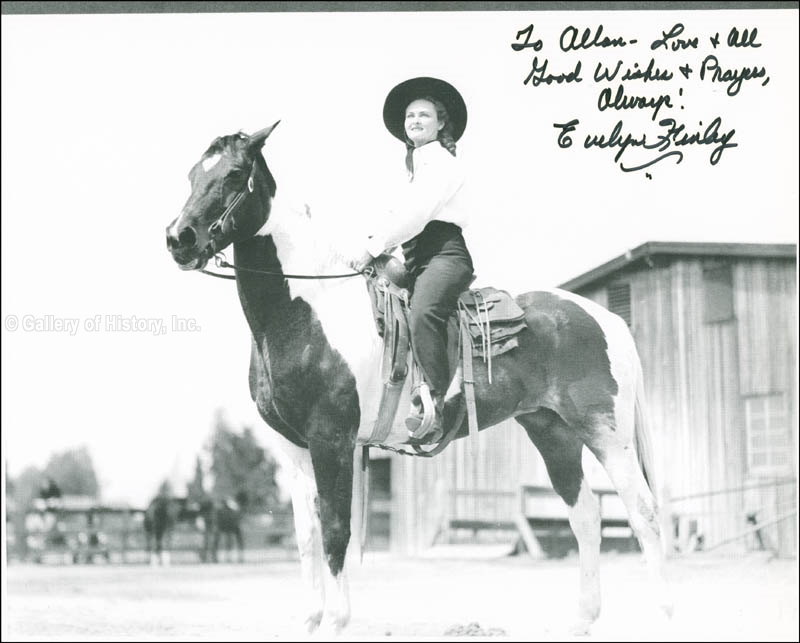
In Ghost Guns (1944), she starred in the lead role, and also performed her owns stunts, a regular event throughout her early career, and she received high praise for her riding stunts in this movie. She has often been called one of the greatest horseback riders in film history, joining the company of Nell O’Day and Betty Miles. Despite her age, she continued to work in the stunt business, either as an advisor or as an actual stunt performer, into the mid-1980s. Her last film in which she worked as a stunt technical advisor was the 1985 film Silverado, starring Kevin Costner and Scott Glenn.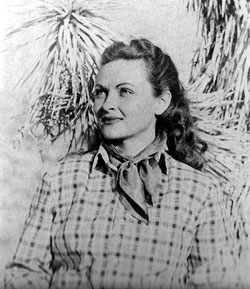
Here’s a great little interview about her times during the making of these moves. Sunset’s not the best interviewer, but you definitely get the feeling that she’s loved performing and riding. Ghost Guns was directed by Lambert Hillyer for Monogram Pictures.
Things to look up (click on item to go to IMDB page or Website):
History of film companies as defined by IMDB: Monogram Pictures Corporation is a Hollywood studio that produced and released films, most on low budgets, between 1931 and 1953, when the firm completed a transition to the name Allied Artists Pictures Corporation. Monogram is considered a leader among the smaller studios sometimes referred to collectively as Poverty Row. The idea behind the studio was that when the Monogram logo appeared on the screen, everyone knew they were in for action and adventure. It is now a division of Allied Artists International.
History of film companies as defined by IMDB: Poverty Row – While some Poverty Row studios came and quickly went after a few releases, others operated on more or less the same terms as—if vastly different scales from—major film studios such as MGM, Warner Bros., and Paramount Pictures.
The most successful and longest-lived of such lower-tier companies maintained permanent lots (and many standing sets that dedicated moviegoers could frequently recognize from movie to movie), had both cast and crew on long-term contract, and had a more varied output than smaller firms.
Leading studios
- From 1919 until its reorganization in 1924, Harry Cohn’s CBC Productions (later to become Columbia Pictures) was considered a Poverty Row studio.
- Tiffany Pictures was in operation from 1921 through 1932 as both a production company (about 90 films) and a distributor.
- Mascot Pictures was formed in 1927 by Nat Levine, and merged into Republic in 1935.
- Larry Darmour Productions flourished from 1927 through the 1930s, mainly on the popularity of its Mickey McGuire short film series starring Mickey Rooney. Damour was also the principle producer within Majestic Pictures until 1935.
- Monogram Pictures was created in 1931 by the merger of Sono Art-World Wide Pictures with W. Ray Johnston’s Rayart. After the attempted 1935 merger of Monogram into Republic, Johnston took Monogram independent again, and in the following decades produced everything from college/teen musicals starring popular swing bands to versions of classics like Oliver Twist and the final films of Kay Francis. It evolved, in relatively good financial condition, into Allied Artists in 1953.
- Republic Pictures was organized in 1935 when Herbert J. Yates combined six other established poverty-row companies, Monogram, Mascot, Liberty, Majestic Pictures, Chesterfield, and Invincible with his Consolidated Film Laboratories. Republic began by releasing serial shorts and Westerns with Gene Autry in the 1930s before eventually riding the success of eventual superstar John Wayne and embarking on more ambitious projects, such as 1953’s Wayne hit, The Quiet Man.
- Grand National Films Inc. was organized in 1936 with some significant talent (James Cagney and director Charles Lamont), but could not survive without its own distribution channel. It folded quickly in 1939, and released about 100 films altogether.
- Producers Releasing Corporation emerged in 1939 and lasted until 1946, when it was absorbed into Eagle-Lion Films. PRC presented a steady output of westerns, serials, gangster movies, with occasional high spots, such as Edgar G. Ulmer’s Detour, and their 1944 Minstrel Man, nominated for two Academy Awards.
Lower-tier studios
- The smallest studios, including Tiffany Pictures, Sam Katzman’s Victory, Mascot and Chesterfield often packaged and released films from independent producers, British “quota quickie” films, or borderline exploitation films such as Hitler, Beast of Berlin to supplement their own limited production capacity.
- Sometimes the same producers would start a new studio when the old one failed, such as Harry S. Webb and Bernard B. Ray’s Reliable Pictures and Metropolitan Pictures.
- Some organizations such as Astor Pictures and Realart Pictures began by obtaining the rights to re-release older films from other studios before producing their own films.
Check out our new Book, 100 Years of the Best Movie Stunts!

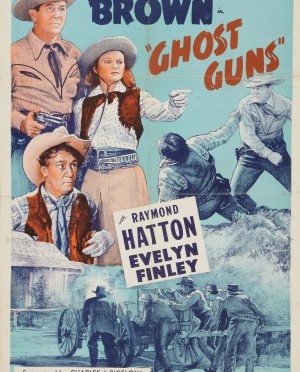
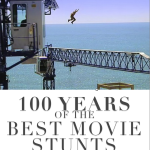
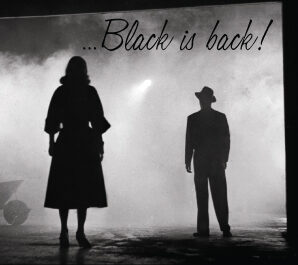
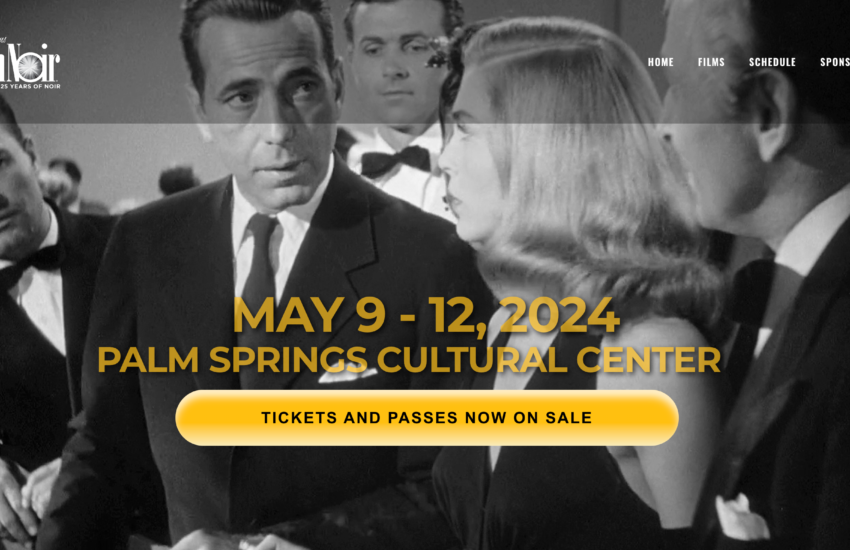

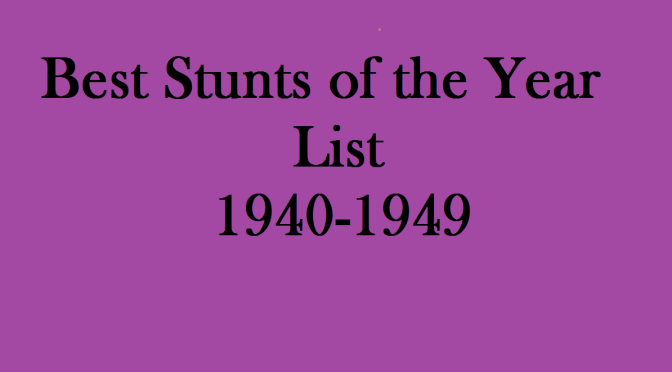
Wonderful information posted! Very nice responses. Good effort!
Fantastic information on this site! Very cool posts. Good job!